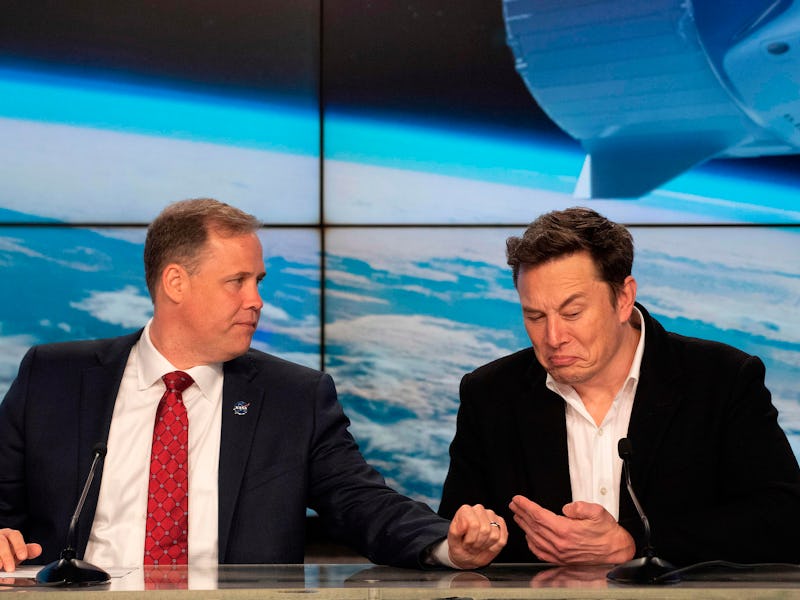How SpaceX could save the ISS if Russia bails
Musk's Dragons stand ready to help.

The ongoing conflict in Ukraine has wide-reaching implications, not only in the geopolitical sphere but also outside of the atmosphere.
On the International Space Station (ISS), Russians work alongside astronauts from other countries that are currently imposing economic and trade sanctions in an attempt to force their country to stop their invasion of their neighbor. It was only a matter of time before that conflict escalated to the point of arguments over the ISS, but this time an unlikely hero appeared to defend the interests of Western nations — Elon Musk.
The CEO of SpaceX can either be a master of Twitter diplomacy or a walking liability, depending on who you ask. He has already earned notoriety for comments that had caused the SEC to fine him for tweets about his other company — Tesla. But if there is one in power who might be able to outdo Musk in Twitter communication style, it might be Dmitry Rogozin, the head of Roscomsos.
In the early stages of the Ukrainian conflict, when the status of the cooperative agreement on the ISS was still indeterminate, the most powerful person in Russia’s space agency suggested the country might use the ISS as a weapon. If Russia was blocked out of the ISS program, Rogozin stated, “who will save the ISS from an uncontrolled deorbit and fall into the United States or Europe? There is also the option of dropping a 500-ton structure on India and China. Do you want to threaten them with such a prospect? The ISS does not fly over Russia, so the risks are all yours.”
His comments are indeed grounded in reality — there are Russian-made rockets that help keep the ISS afloat by being permanently attached to the Russian portion of the module. If Roscosmos pulled its support for the structure, it wouldn’t be able to maintain its orbital path and would eventually suffer an uncontrolled descent through the atmosphere. It is also large enough that at least parts of it would survive that descent and cause massive destruction if it happened to hit anywhere on land, which would for certain not be on Russia.
This kind of threat should not be taken lightly, though Musk’s response was both measured and impactful — he simply replied to the Twitter thread with a picture of SpaceX’s logo. He and others believe that, with relatively minor modifications, SpaceX’s Dragon capsules could attach to the ISS and lend the lift that would be missing if Russia decided to no longer support the station with its rockets.
This isn’t the first time Musk and the head of Roscosmos have locked horns. Back in 2014, during Russia’s last foray into Ukrainian territory, the US also threatened the country with sanctions. Rogozin, who was still head of the agency back then, suggested that NASA should use a trampoline to get their astronauts into orbit, as, at the time, America’s space agency was unable to launch any of its crewed rockets. Six years later, after SpaceX had successfully taken astronauts to the ISS in their Dragon capsule, Musk quipped during a conference that “the trampoline is working.”
After the latest round was deescalated a bit as the conflict continued, Rogozin himself issued another climb-down statement, tweeting, “As diplomats say, ‘our concerns have been heard.” However, the invasion is still ongoing, and sanctions have been consistently ratcheting up for the past week. Hopefully, the threats against the operability of the ISS will not come to pass, but if Russia does pull its support from one of the last bastions of interfacing with the West, at least there is an alternative to keep it afloat, however, loved or hated the figurehead of that alternative might be.
This article was originally published on Universe Today by Andy Tomaswick. Read the original article here.